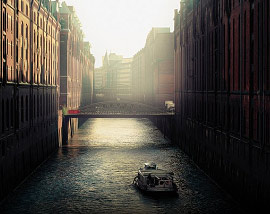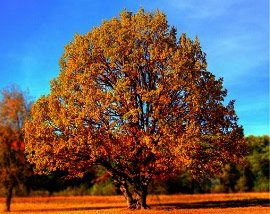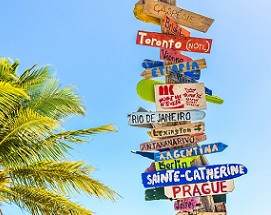The state has a pre-historic presence and over the years, there have been significant events that have taken place here. Much later, the British too made their presence felt at the beginning of the 19th century. There is much evidence of colonialization in cities like Chennai where there are still quite a few historical monuments that add quite a bit of lustre to Tamil Nadu tourism.
Quick Overview
| Tamil Nadu Torism |
Information |
| Capital |
Chennai |
| Official Language |
Tamil (Regional - English) |
| Also Known as |
Madras |
| Currency |
Indian Rupee (INR) |
| Time Zone |
UTC+5:30 (IST) |
| Area |
1,30,058 square km |
| Best Known for |
temples |
| Population |
8.0086 Million (as per 2018) |
| Dial Code |
044 |
Tamil Nadu Geography
Tamil Nadu is bordered by Kerala, Karnataka and Andhra Pradesh. To its east is the Bay of Bengal. Geography-wise, the western, southern and north western parts of the state are rich with vegetation and are quite hilly. The eastern part of the state has fertile coastal plains while the central region of the state doesn’t receive much rainfall. Tamil Nadu has a long coastline which faced the 2004 Tsunami that led to the loss of thousands of lives. Nevertheless, the state is an interesting mix of different kinds of geographical regions.
Tamil Nadu Climate
Tamil Nadu experiences three seasons like most of India – summer, monsoon and winter. However, the unique factor about this state is that it has two monsoons – one from June to September and one from October to December. Since the state largely depends on these rains, if they are delayed or if they fail, there are chances of drought. Summer is a time when this state is usually avoided especially for Tamil Nadu tourism as the heat can be quite intense and debilitating. However, people prefer to visit hill stations like Ooty, Coonoor and Kodaikanal during this time as the weather is pleasant and it’s perfect to do some sightseeing.
Tamil Nadu Culture
Known as the cultural state of India, Tamil Nadu is famed for its many temples and historical monuments and museums. But the state also has a rich tradition of literature, music and dance which are still important even today. There are unique festivals held just for these various arts and people from all over the country come here and enjoy the spectacle. Tamil Nadu’s rich cultural history goes back to more than 2000 years, and quite a bit of it remains preserved even today. Tamil Nadu is also home to Chennai, which is the hub of the Tamil film industry, Kollywood, that produces a large number of popular as well as critically acclaimed films.
Tamil Nadu Tourism
When it comes to Tamil Nadu tourism, this industry is the largest in India. The government actively promotes tourism, and the main focus is on the many temples that can be seen in cities like Madurai and Thanjavur. Some of the monuments in Tamil Nadu have also been designated as UNESCO World Heritage Sites and add to the allure of the state.
Chennai, the bustling capital city, is famed as being a cultural as well as a business centre. Tamil Nadu tourism includes religious sites such as Kapaleeshwarar Temple, a Dravidian style temple built for Lord Shiva. There is the Guindy Snake Park, Arignar Anna Zoological Park and the Santhome Cathedral which you can visit but if you are in the mood for more modern sightseeing, look no further than the expansive Express Avenue Mall. Shoppers don’t mind the crowds in T Nagar’s Saravana Stores while others head to the relative calm of Elliot’s Beach to watch the sunset and take a stroll along the sandy beach.
Pondicherry will surprise you with its deep French influences. There’s a French Quarter here with villas and tree-lined avenues but people who are here for the beach often head straight to Promenade Beach. The Pondicherry Museum is an excellent place to see stone sculptures and bronze statues while many people also come to the Sri Aurobindo Ashram for the yoga.
Tamil Nadu tourism also includes some excellent hill stations such as Ooty, Yercaud, Coonoor and Kodaikanal. Most of these hill stations have lakes and people go boating on them and there are plenty of places here with excellent vantage points to take in the glorious views. There are lush gardens and parks here, which attract several visitors who want to enjoy the beauty of these blooms.














